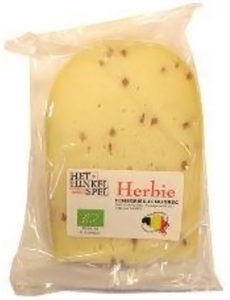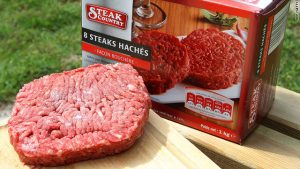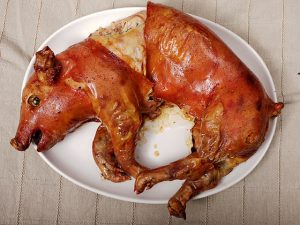During a routine check, the presence of Salmonella was found in the product Herbie Fenugreek, cheese block +/- 200 g with expiry date 24/01/2018 and batch number L14 319 UU: MM. No other product in the range is concerned. This product has been sold in different Delhaize stores in Belgium and the Grand Duchy of Luxembourg.
 In collaboration with the AFSCA, Kaasimport Jan Dupont nv. decided to withdraw the proceeds from the sale and to recall the products already sold. Product Description: – Product Name: Block Herbie Fenugreek Cheese +/- 200 g – Brand: Herbie – Manufacturer: Het Hinkelspel – To consume until the 24/01/2018 – The lot number is on the back label, just above the bar code: L14 319 UU: MM – Weight: +/- 200 gr – Product packaging: transparent film with 2 labels – Sales period: from 16/11/2017 to 28/11/2017 – Approval number: BE CO 378 A EG – The variable EAN code starting with: 29537875 XXXXX Customers are advised not to consume Herbie Fenugreek Cheese and return it to Delhaize Point of Sale. When returning the product, it will be refunded.
In collaboration with the AFSCA, Kaasimport Jan Dupont nv. decided to withdraw the proceeds from the sale and to recall the products already sold. Product Description: – Product Name: Block Herbie Fenugreek Cheese +/- 200 g – Brand: Herbie – Manufacturer: Het Hinkelspel – To consume until the 24/01/2018 – The lot number is on the back label, just above the bar code: L14 319 UU: MM – Weight: +/- 200 gr – Product packaging: transparent film with 2 labels – Sales period: from 16/11/2017 to 28/11/2017 – Approval number: BE CO 378 A EG – The variable EAN code starting with: 29537875 XXXXX Customers are advised not to consume Herbie Fenugreek Cheese and return it to Delhaize Point of Sale. When returning the product, it will be refunded.











